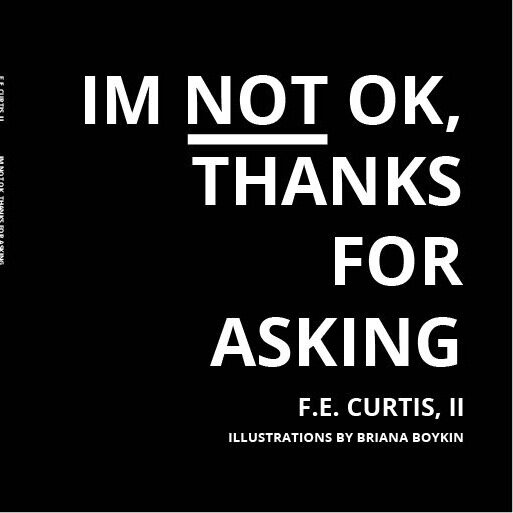Relentless Book Club Review – The Year that Broke America
One of the best ways to quickly identify the most formative years of someone’s life is to ask them about the first major news event they remember in their lifetime. I did this recently as an icebreaker of sorts for a training I was facilitating. One person said Watergate. Another offered the Iran-Contra scandal. A few people said O.J. Simpson. When asked this question myself, I normally say the Clinton impeachment, though depending on the audience, I’ll tell the truth and say Tupac’s assassination.
But as I get older, and more removed from the nostalgia of childhood, the event that truly sticks out the most is the 2000 presidential election. Sure, I remember seeing non-stop coverage of the Clinton impeachment – including the finger wag of the president insisting he did not have sexual relations with that woman, Ms. Lewinsky – but the seminal event in which I both have memories of the media coverage while simultaneously being developed enough to read and make my own conclusions was the fall of 2000.
Fresh off a successful yet scandal-laden administration, Bill Clinton was on the exit ramp of the White House, and thereby politics. In his place stood Vice President Al Gore, the enigmatic Tennessean who seemed like a shoo-in as Clinton’s defacto third term. Clinton was a personal embarrassment full of moral and character failings, but the economy was humming, Americans felt like the world was relatively at peace, and we had no federal deficit. The preceding decades included presidential assassinations, a colossal failure of a war in Vietnam, hyper-inflation, record inequality, gas lines, energy shortages and high unemployment. The Clinton years coincided with a perceived rebalancing of the scales. Surely the American people would want four more years of that, just as they had given Reagan’s successor, Vice President George H.W. Bush, a defacto third Reagan term just twelve years earlier.
You know the outcome, and in his book, The Year that Broke America, Andrew Rice paints an elaborative and stunning picture of what went so wrong, not just for Gore and Clinton, but for America at-large.
The Year that Broke America is a true page turner. If there were no such thing as a non-fiction thriller, Rice has singlehandedly created the genre. He weaves together intimate portraits in a thoroughly researched and beautifully written narrative that strikes fairness and balance with creative interpretation. If Rice is a man of the right or the left, after reading every single word in this book, I cannot guess which, and in these times, that seems a true mark for talent and ability.
One thing that has always been frustrating is the onslaught of so-called journalists at huge corporate media organizations with apparent amnesia. They have worked tirelessly to create false narratives about the cracks in democracy since the election of Donald Trump. Rice’s work serves an exhaustive check on the illogical imbalance of the Maureen Dowd’s of the world. Too many people have made a boat load of money trying to convince us all the ship is sinking because Secretary Clinton didn’t win the presidency in 2016. Truth is, these same people are part of the reason her husband’s Vice-President never occupied the Oval Office to begin with.
If you’re not heavy into politics, don’t fret. There are other tidbits here, like the rise and fall of one of Wall Street’s most promising Black brokers. And Rice sheds light on the underpinnings and intricate planning of 9/11, all while finding ways to ensure your imagination is immersed in the culture and day-to-day life of the year 2000.
In essence, Americans seemingly live their lives in four years increments, in a way I’m not sure any other Western nation does. That’s not by individual choice. We didn’t always collectively hate presidential election years. The Year that Broke America connects every intertwining dot to inform us on how we got to a perpetual state of brokenness, and maybe, if we’re willing to think critically enough about it, provides some historical blueprint on how to start fixing it.









